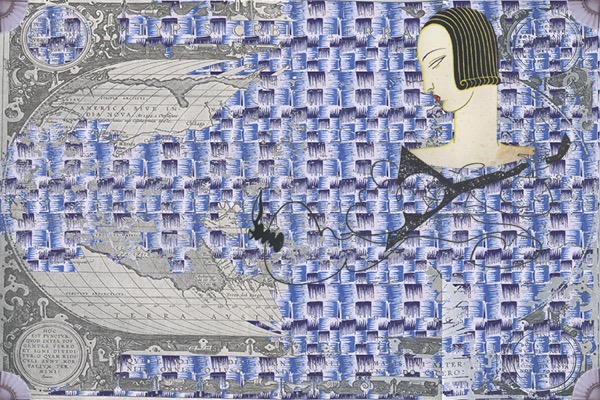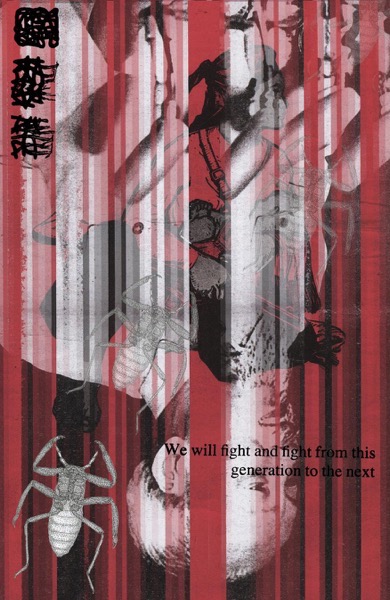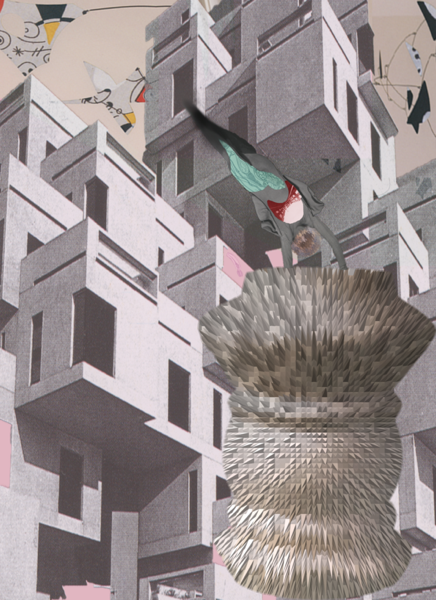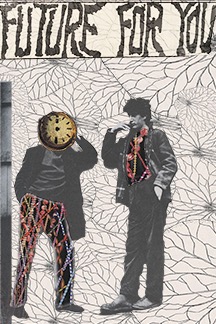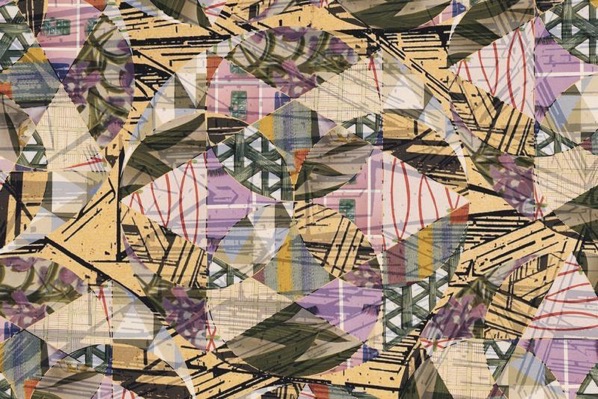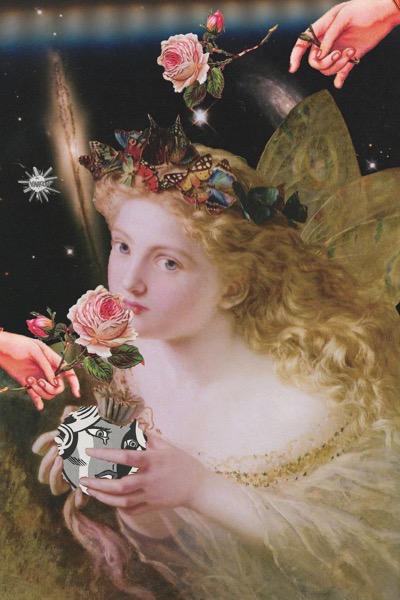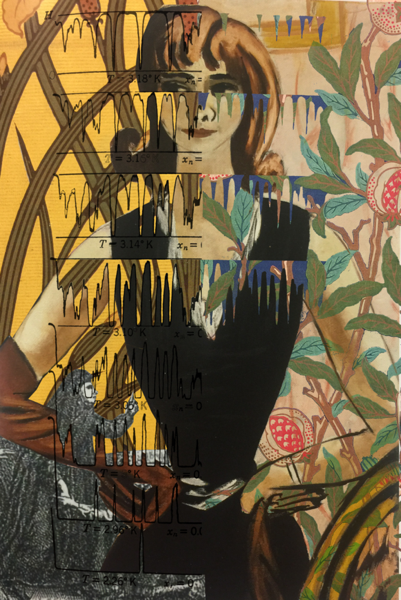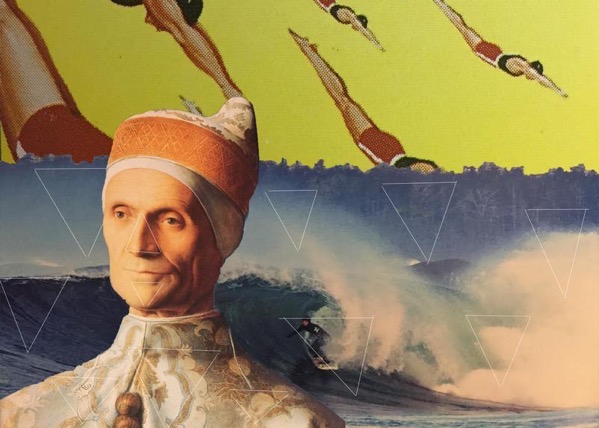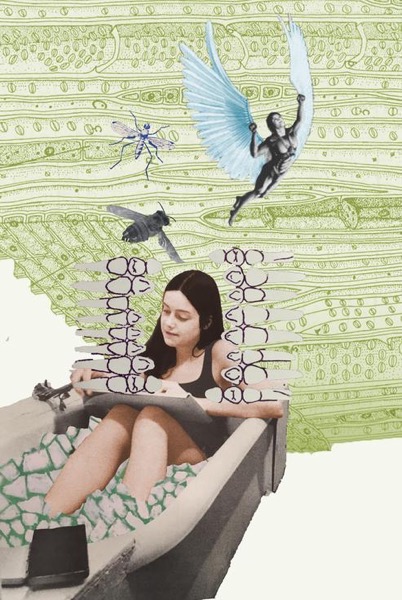Scavenger Hunt for inspiration
Instructions for raw material
Go to the library, find and check out 4 books
Books should be selected on the following criteria:
1 book on Art/Architecture
1 Natural Sciences book from before 1950, select a field from this list then enter it into the library search field
1 Book selected from Randomly generated title: http://www.1728.org/bandname.htm
Generate a 2 word title, then find a book using those words as your search terms. You may refine your search by selecting from the available disciplines on the menu at the right of the page.
Book containing ornamentation or pattern samples. Think about wallpaper, architectural ornamentation, op art, crafts like pottery, sewing, and quilting. Anything with a repeated pattern.
Bring these materials back to class.
Instructions for Collage
Select at least 1 image from each of your sources and combine these images to form a new work of art. Don’t worry about a story, deeper meaning, or readability. Look for interesting juxtapositions, implied shapes and patterns and surprising transitions. You should import your assets by scanning and photographing. You may want to do things like scan, print then crumple the paper and scan again. Let the process take over! Meaning is created in the process, the juxtapositions and the limitations.
Things to think about:
Images can be masks
Clone stamp can not just hide, but can replicate
You can establish your own rules. Ex. Use only the 5th, 25th and last image in a book
Other required parameters:
Photoshop image must be 16” high by 9” wide at 300 dpi
Try a tool that you have not used
No digitally sourced imagery
You may bring in other things to photograph or scan
Above all, think about combining the tools we have used in new and interesting ways!
Masks
Adjustment layers
Fill layers
Brushes
Blending modes
Complex selections
Etc.
New for 2018! Animation!
Animate a portion of your composition. Look at the elements you have, what can those elements be doing over time? Using the techniques we have studied, create an animated loop. It can be animated by pattern or object. You can use video timeline or frame animation or a combination of both.
Some Examples, feel free to pick bits and pieces of these and use them as inspiration.
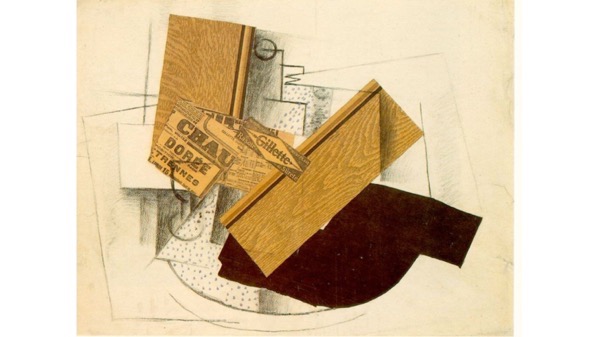
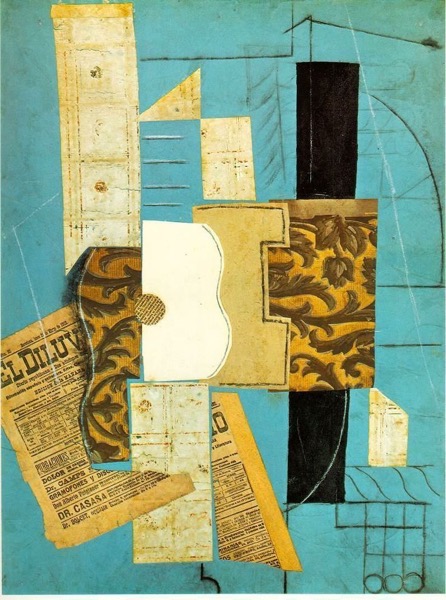


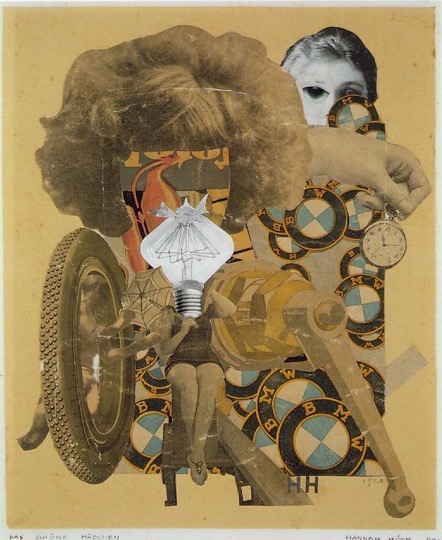
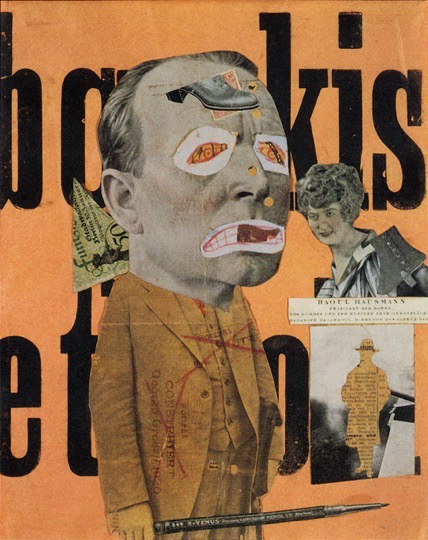
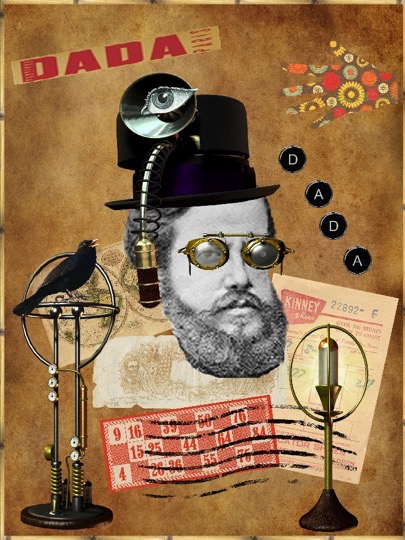


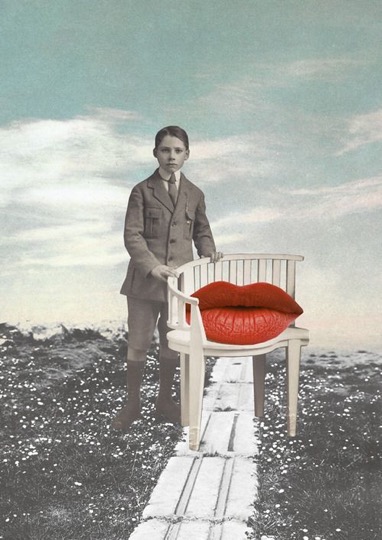
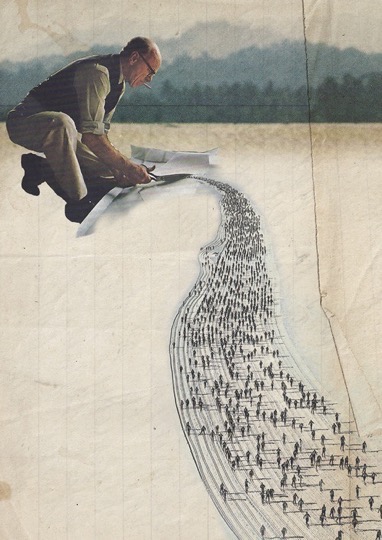


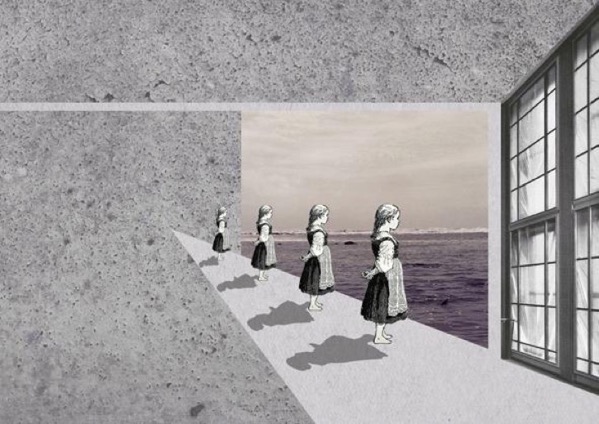

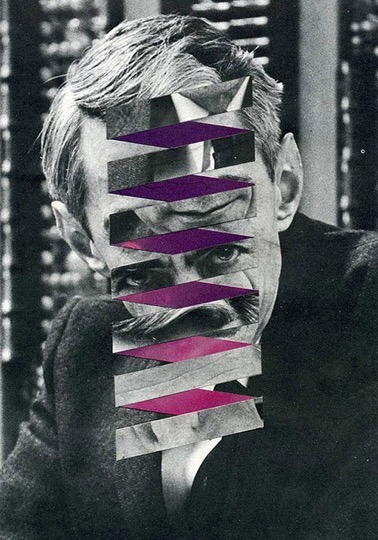
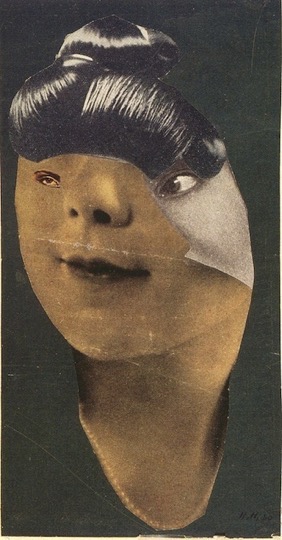
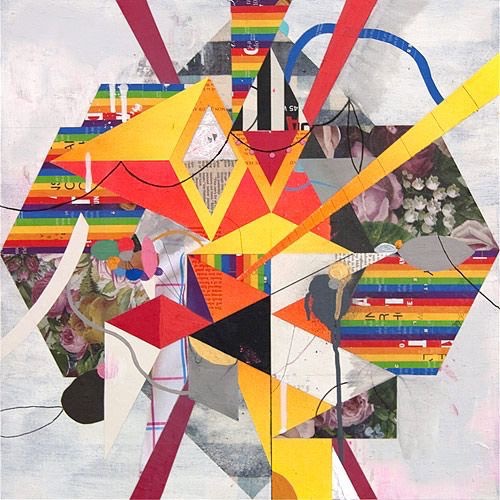

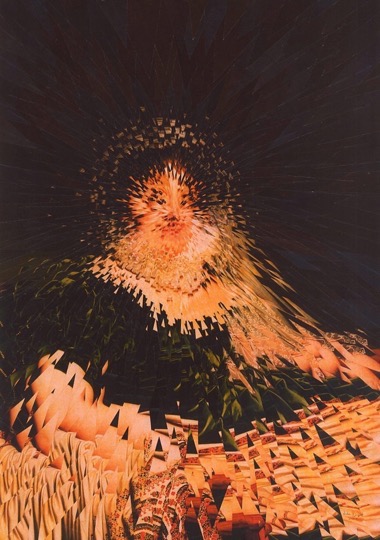

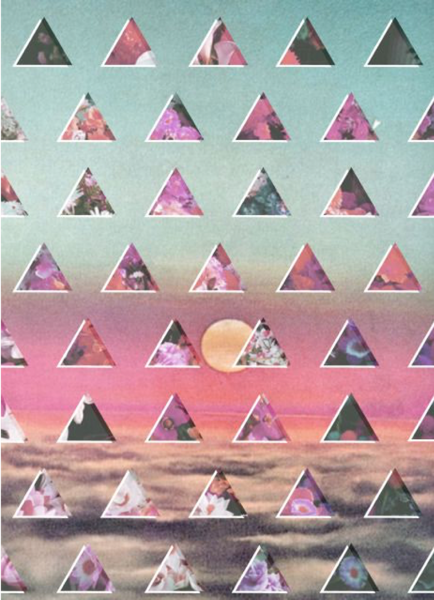

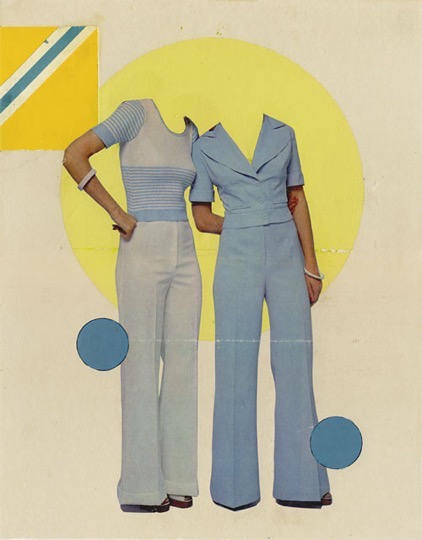
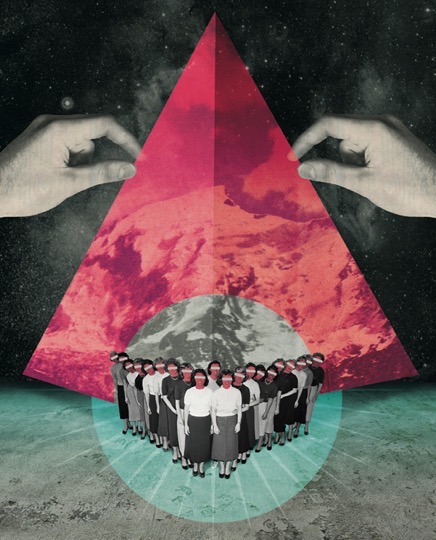
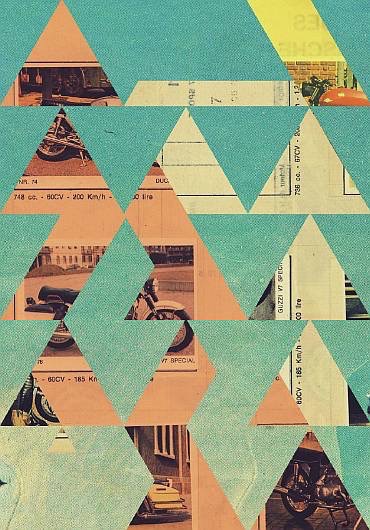
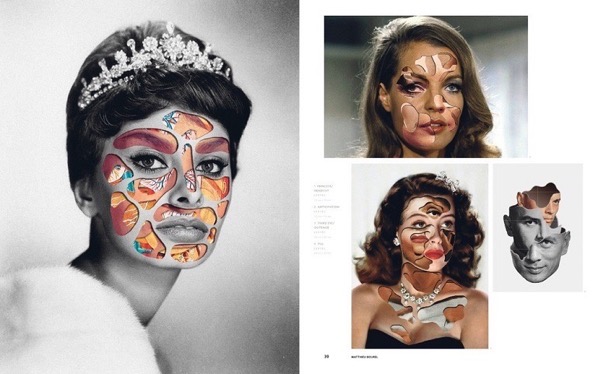
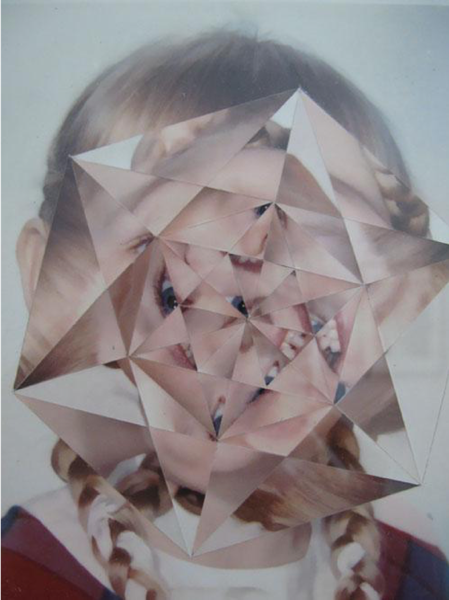
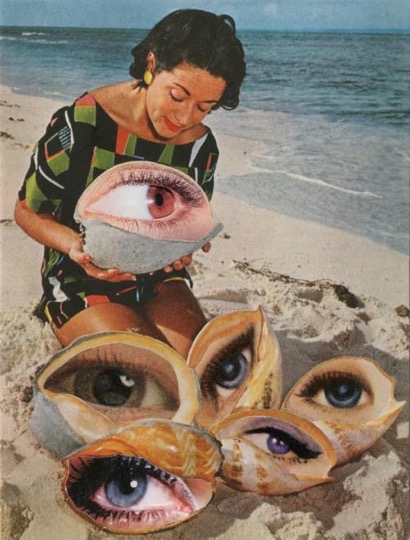
Some student examples:

